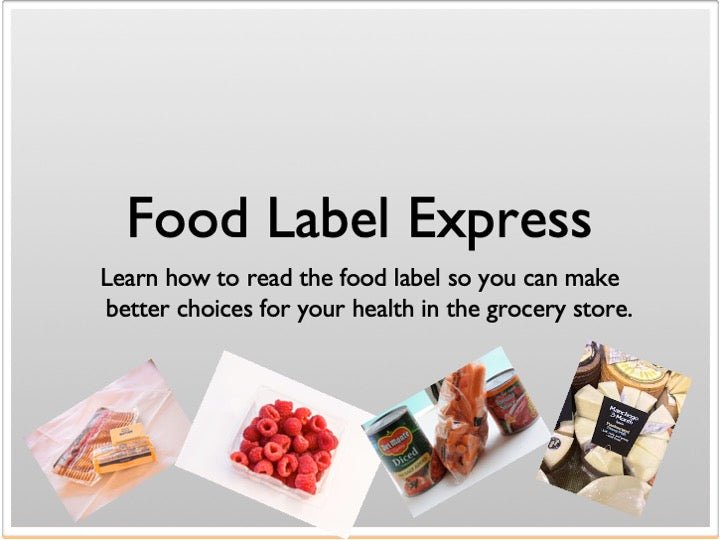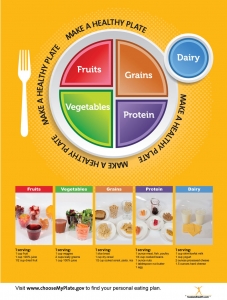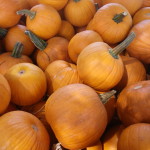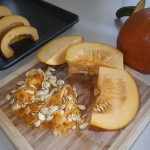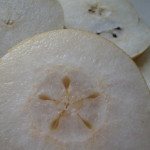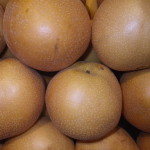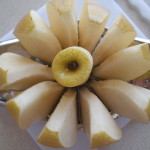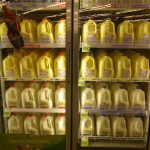Nothing brightens up a space better than a poster, and the posters at the Nutrition Education Store are the best in the business. With colorful pictures and creative text, these posters make it easy to educate your clients in a way that they’ll actually remember.
In fact, one of our customers outlined the benefits of nutrition education posters far better than we could. Doug Barg of Kitchen Cred wrote “We’ve hung [your posters] all over to help transform what was a fairly dingy basement into a warm and educational environment. The posters have been a great resource pedagogically both as primary teaching tools and as ongoing reinforcement. And even when we’re not paying attention to the specific content, they are visually pleasing. Thanks!”
Now, which poster is best for your audience?
If you’re teaching a workshop on healthful cooking, food art or recipe posters may be the most helpful, and if you’re doing a seminar on diabetes, a diabetes poster would probably be your best bet, but if you’re just looking to brighten up a space or teach some key health lessons, then you have a lot of options. Check out this list of the top 5 posters that we sell in the store. These 5 posters are the most popular and well-reviewed posters we have.
The question is, which will you get?
 Poster #5: MyPlate for Kids
Poster #5: MyPlate for Kids
This poster takes the lessons of MyPlate and makes them even easier to understand and remember. With it, you can show kids how they can fill their plates with healthful choices from each food group. This poster is full of phrases and images that will appeal especially to kids. Plus, the illustrations show only healthful foods from each group, coming together to make each plate a winner. It’s also chock-full of tips to help kids get the proper amounts of MyPlate food choices each day. Use this USDA MyPlate poster in your classroom, on a bulletin board, or at wellness fairs.
Debbi Kennedy author of Ditch the Drive-Thru raves, “Just got my posters and they are fantastic!! Can’t wait to hang them up at my classes! So eye catching and very easy to understand… LOVE them! I will definitely be ordering more at the end of the month. Thanx so much!”
Order your copy of the MyPlate for Kids poster today!
 Poster #4: Exam Room MyPlate Poster
Poster #4: Exam Room MyPlate Poster
The lessons of MyPlate aren’t just for kids. In this condensed and simple poster, the keys to healthful eating are clearly outlined, then supported with creative art. Instead of text and drawings, the portions and proportions advocated by MyPlate are represented primarily through photographs. This makes eyeballing balanced portions a snap!
The USDA’s MyPlate is prominently featured on the poster, offering new ways to put a meal together without a complex formula.
This nutrition poster is useful not only because it supports the key message of balancing food groups, but also because it only features heart-healthy, nutrient-rich foods in each category. When creating this poster, we didn’t have to add processed foods and could rely on the latest science-based information, because Food and Health Communications is not supported by big industry advertising.
Get the Exam Room MyPlate Poster now!
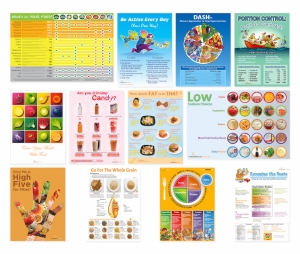 Poster #3: 12 Nutrition Posters Value Set
Poster #3: 12 Nutrition Posters Value Set
Ha ha, you caught us — this one isn’t a single poster. Nevertheless, this value set outsells all but 2 posters in the store, so we think it has a well-deserved spot on this list.
The 12 posters featured in this set include:
This poster set is so useful that it has already been featured in a previous post on this blog: The Perfect Curriculum for Nutrition Education. Check out that post to discover why each poster was chosen for the set and see what health messages each option communicates.
Own the 12 Nutrition Posters Value Set yourself!
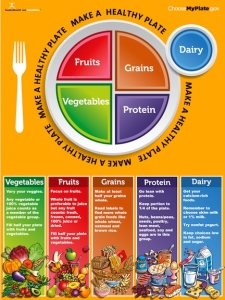 Poster #2: MyPlate Poster
Poster #2: MyPlate Poster
What’s that? MyPlate again? Well, this classic poster is one of the most popular we’ve ever made. It’s perfect for a wide range of occasions, and its attractive design communicates the most important health messages clearly and effectively.
But don’t take our word for it. Check out this rave review from Karen Newton, Program Manager at West Virginia University Cooperative Extension “Thanks! Your MyPlate poster just arrived and it looks great! It is already posted on the hallway for all to see.”
Marla Hill, RD, CD, adds her praise as well, explaining, “many of the posters from Nutrition Education Store are colorful, interesting to the eye, and fun to look at. They are a real draw to a booth, especially in this instance where English skills may be limited for some. Thank you for providing such cost effective and well done posters.”
Purchase a MyPlate Poster today!
 Poster #1: Fall in Love with Salad
Poster #1: Fall in Love with Salad
Here it is — the top selling poster in the Nutrition Education Store. Who would have guessed that salad would be at the front of the line? Well, it turns out that salad, though a healthful nutrition powerhouse, is sometimes a hard sell. Make it easier with this health poster!
Why should people eat salad? Well, eating salad is a great way to get enough veggies, an even better way to consume fewer calories, and a downright amazing way to get more nutrients and fiber! This poster lists 6 salad lover tips, 3 reasons to love salads, and a guide to spicing up your salad.
Of course, if you’d like to offer a more comprehensive look at healthful salads that are both simple and tasty, check out the book Salad Secrets. It comes with multiple photos per recipe, a PowerPoint show about the benefits of salad, and a bonus salad eBook.
Pick up a Fall in Love with Salad poster right now!
So that’s it. The top 5 posters in the Nutrition Education Store. Were you surprised by the results? Which posters will you choose?




